Cutting back, deadheading and a bit of formative pruning
For many of us deadheading and cutting back plants on which the flowering has finished, is second nature. But with increasing numbers of people starting their first forays into gardening, we thought it would be useful to re-visit this staple task and explain why and how it is so very useful for extending the flowering period of your plants, and thus increase the season of interest in your gardens.
Why do we deadhead?
Plants, like all living beings seek, to reproduce themselves, thus ensuring that their progeny can continue and bulk up the numbers of their particular species.
Naturally evolved flowers are produced to become pollinated and create fruit and/or seed. Once this is accomplished the plant has done its job for this year and can stop growing, slowly dying back ready for coming winter.
Flowers are there to attract pollinators and these help distribute and collect genetic material from others of their kind, thus ensuring healthy cross-pollination. Not all plants need material from others to produce flowers, but the vast majority of flowers that have been pollinated then go on to produce seed and therefore ensure the chances for the next generation to germinate and grow.
In nature plants are beset by a number of pests, including grazing animals, so if their first set of flowers are destroyed, they can produce more to fill the seed gap. By cutting back flowers that are setting seed you are encouraging the plant to produce more flowers to start the process all over again. (Note not all plants will produce a second flush of flowers in this way, so a little research into your particular plants will help.)
This process can continue until the days shorten and perennial plants move out of active growth. They can then begin to reabsorb the nutrients in their leaves, ready for the dormancy bought on by the cold and lack of light.
Of course many plants don't follow these timings but we're talking about some of the Spring and Summer flowering perennials that do.
Where to cut?
This all depends on buds and a little bit of observation goes a long way. We've' taken a look at a few of the popular plants that illustrate this idea.
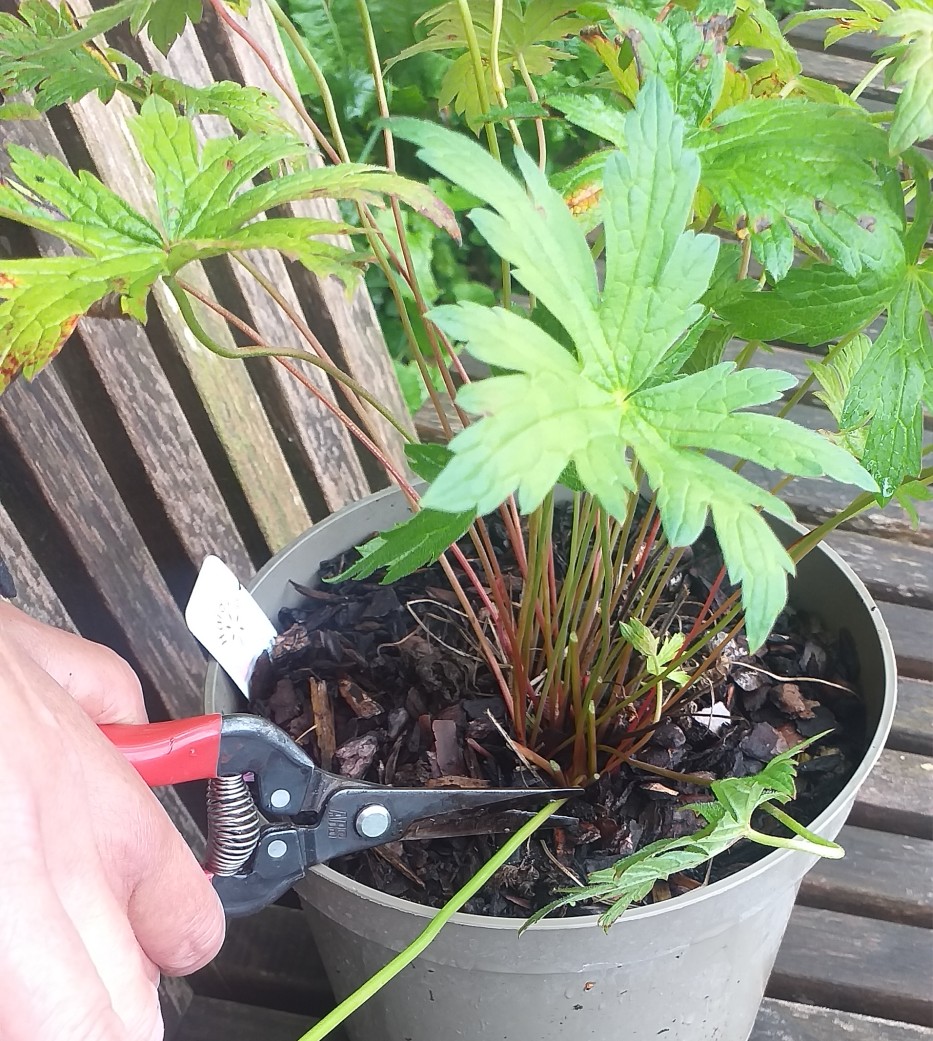
Alternate Nodes
Using a Gaillardia for illustration, you can see that the original flowers have finished, so we cut back to the next bud. The new flower bud emerges from the same point as the new leaf. The flower bud is actually formed directly above the leaf at the node.
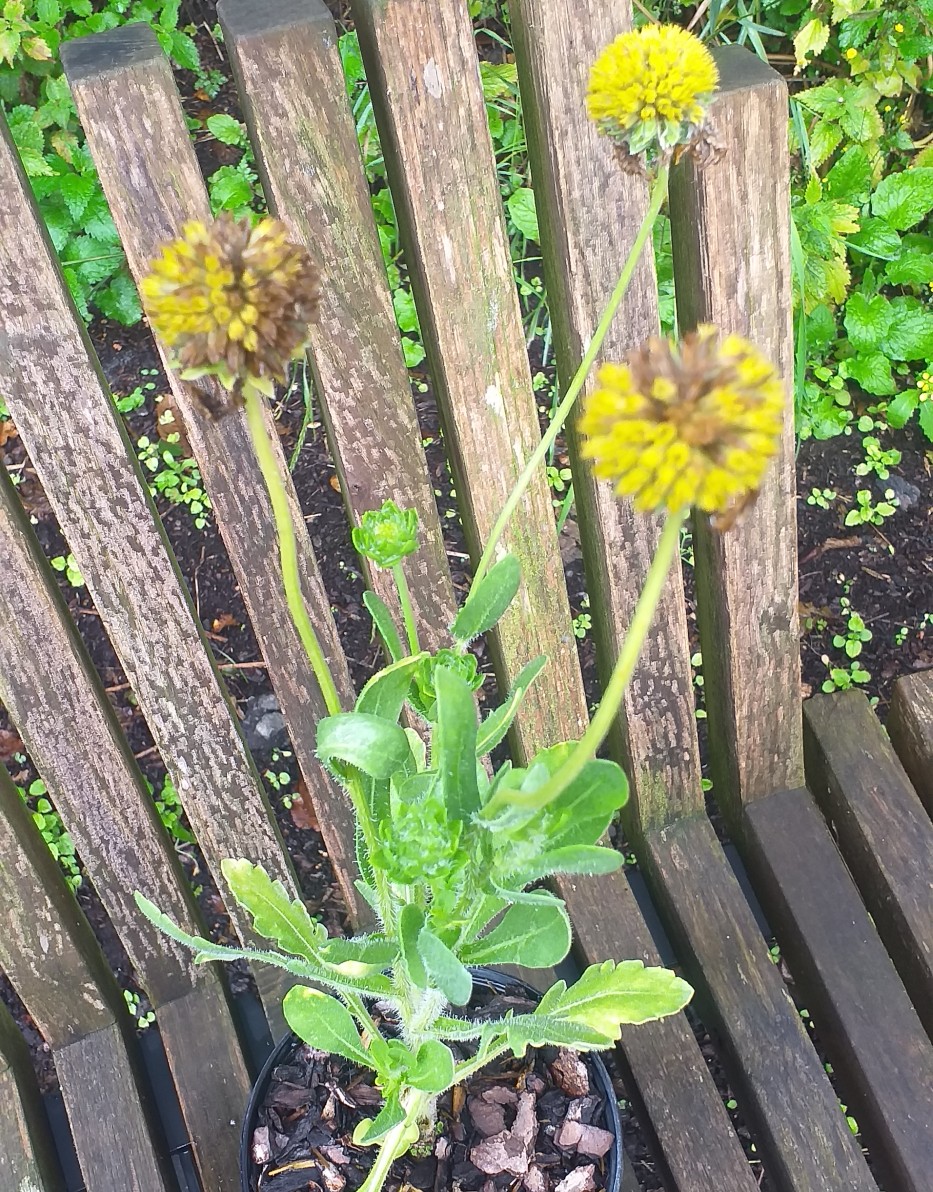
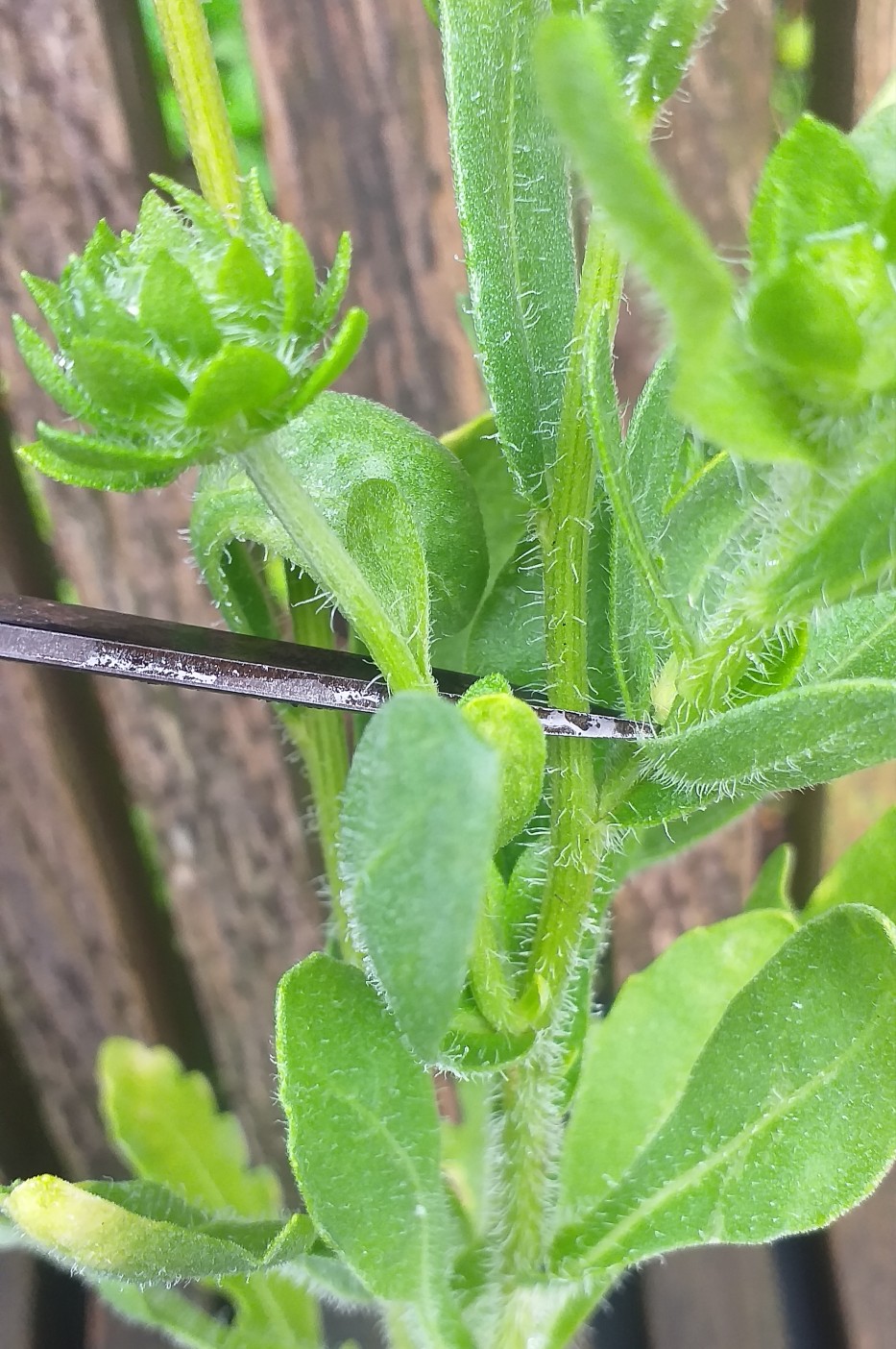
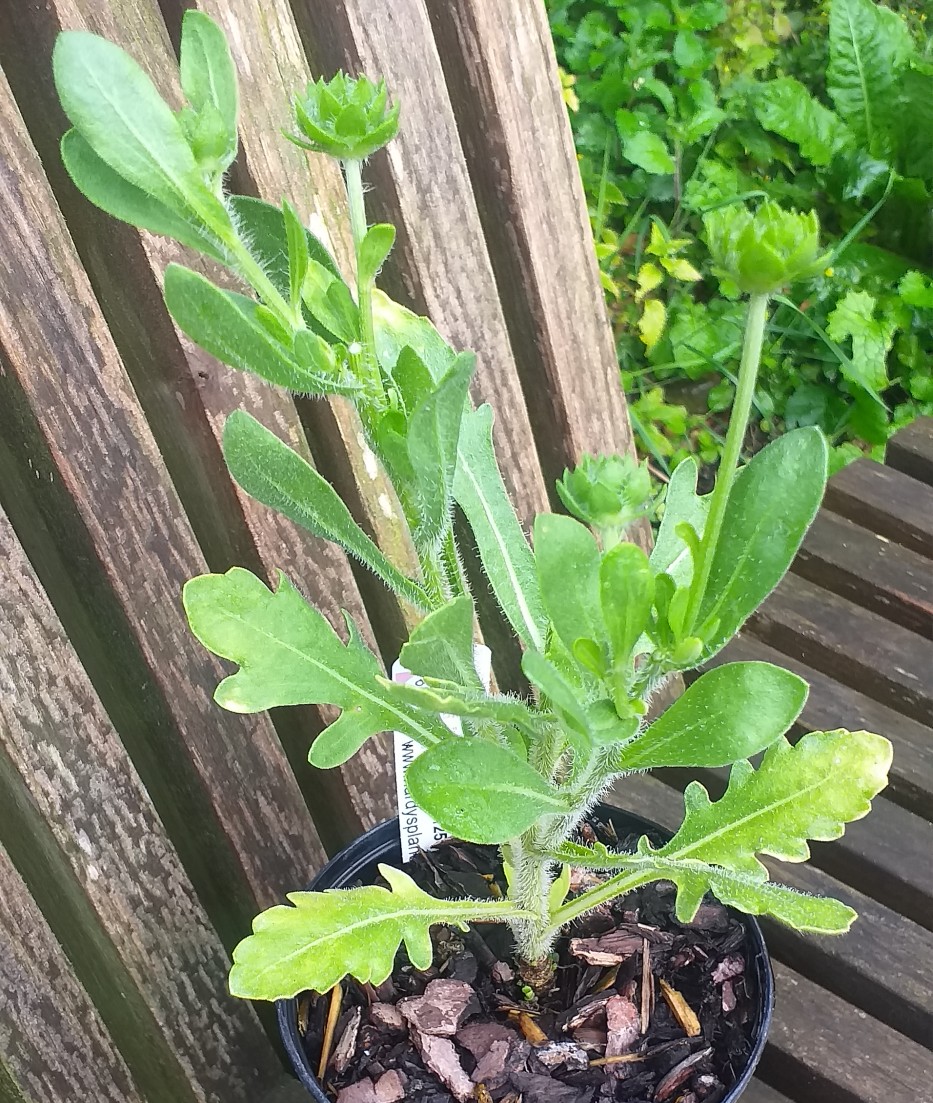
The energy carried in the sap of the plant is now diverted towards the emerging bud causing a surge in its growth.
Opposite nodes
Using both Penstemon and Salvia for illustration you will see how the cut can divert energy towards the growing buds causing new flower stems to grow quickly.
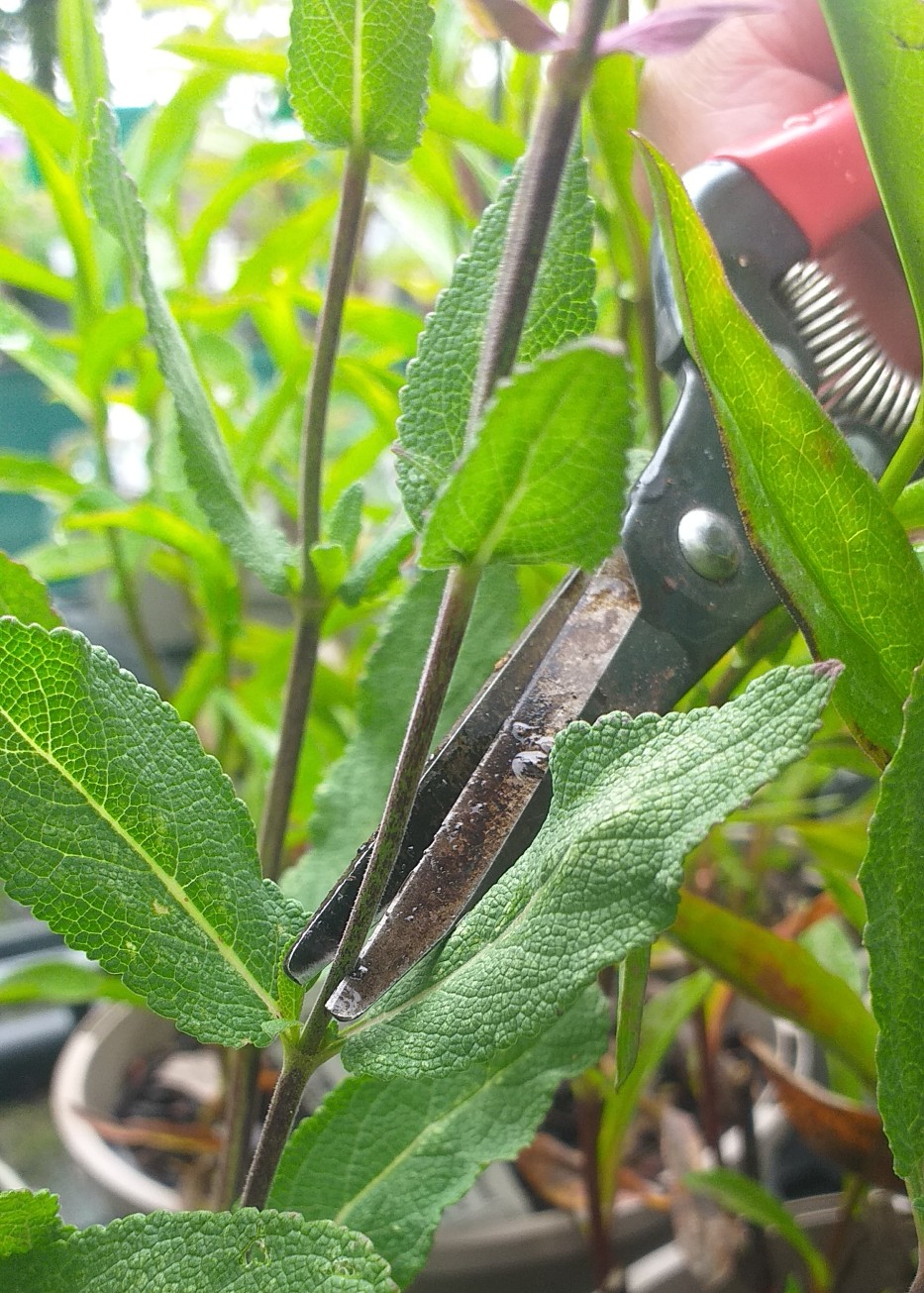
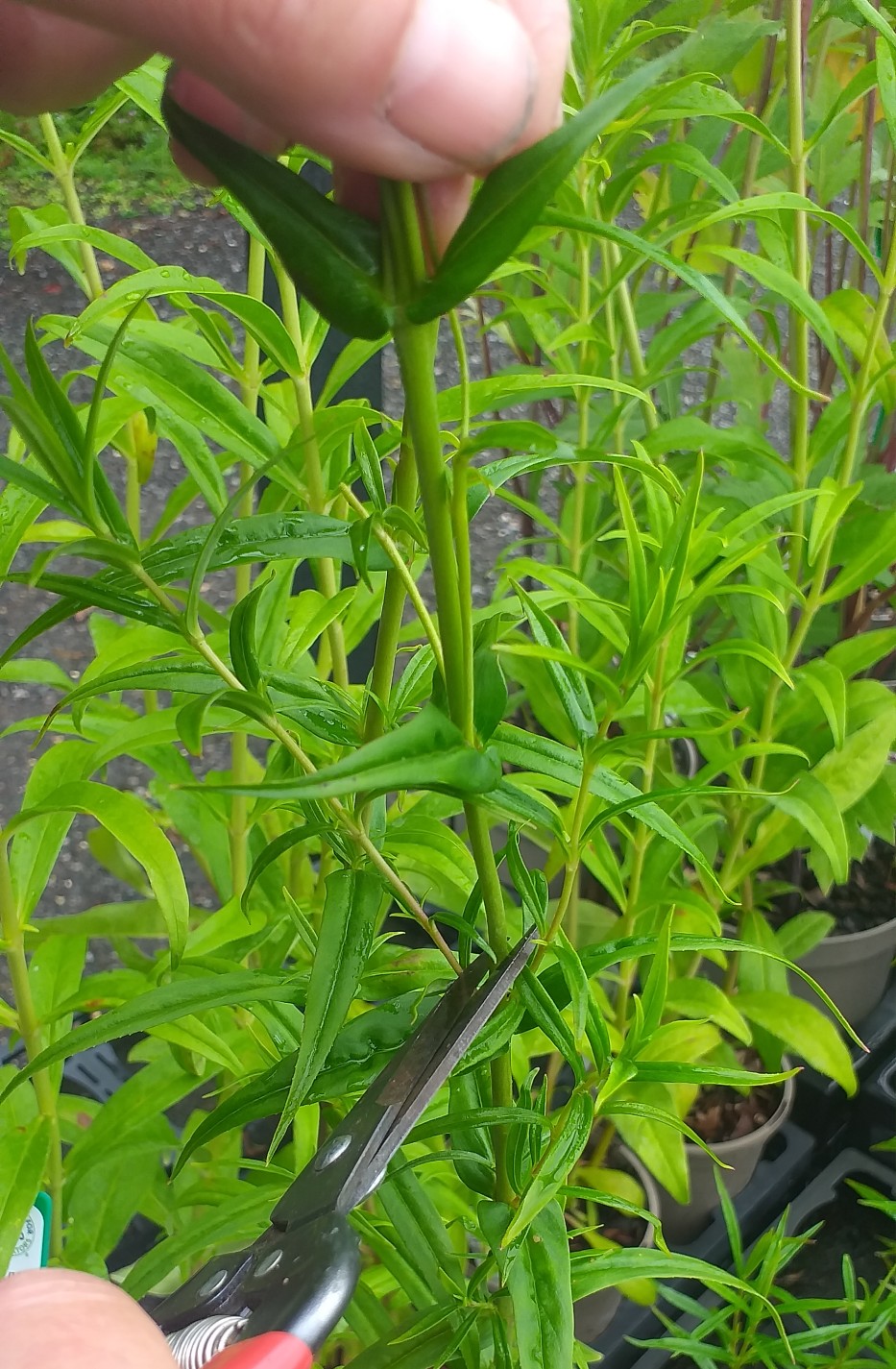
Whorled nodes.
In this case we are using Gallium odoratum for illustration. This Spring flowering perennial may well be passed its flowering cycle, but you will note the new side shoot emerging from the node. Cutting to this point will encourage any new shoots, making the plant appear bushier and thicker.
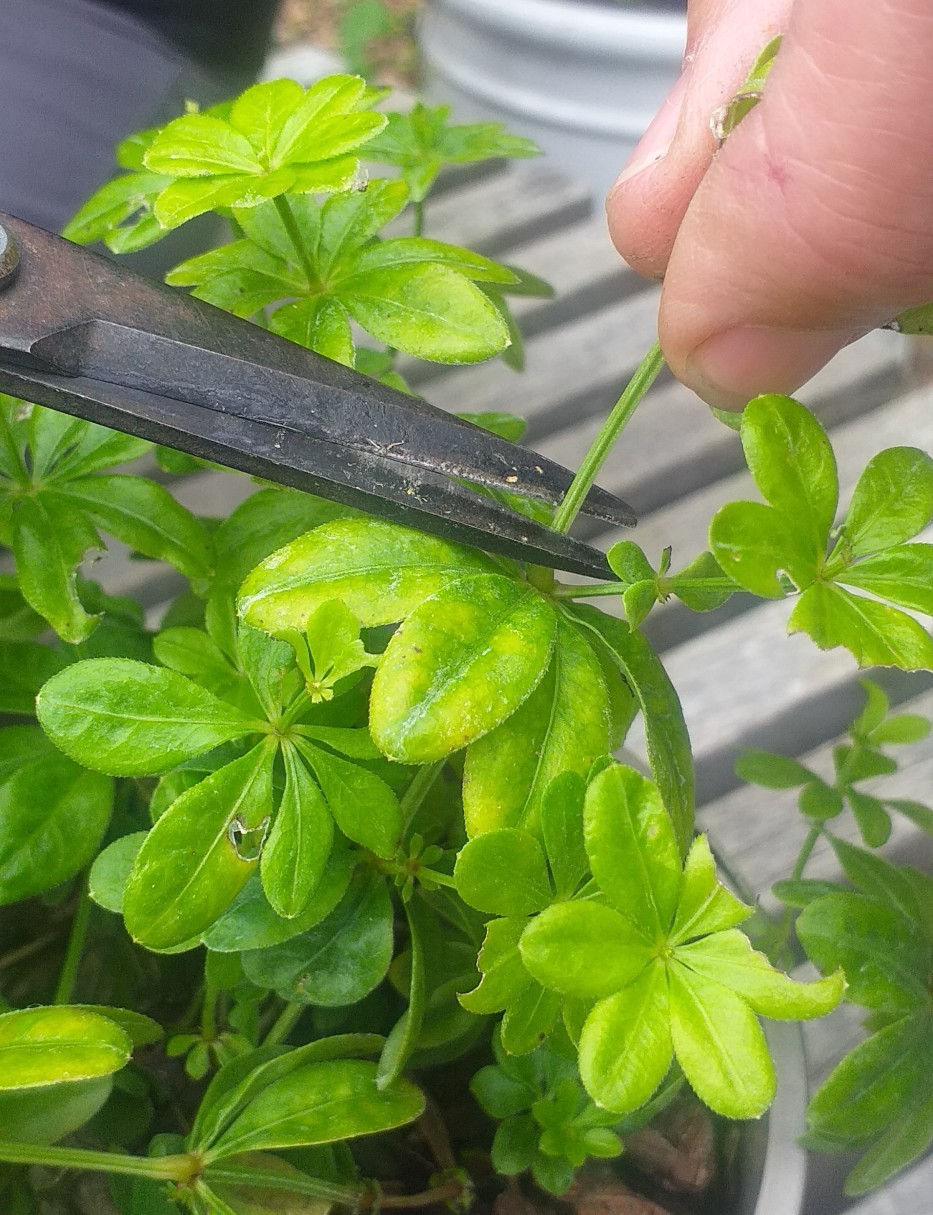
Final notes
Pruning or deadheading all plants follows these guidelines, but in the case of woody plants you should always try to cut to a bud that is pointing outwards from the centre of the plant. This is will stop shoots forming that will grow backwards, leading to congestion and crossing of stems. This looks dreadful and can lead to lesions caused by the crossed stems rubbing together. I've lost count the number of times I've seen poorly pruned plants (especially Roses for some reason) that have been cut in the middle of an internode. This leads to die back of the stem to the previous bud or lower, leaving browned and unsightly bits of stem all over the plant and can often lead to stress and disease.
If you are undertaking formative pruning or shaping of any plant these guidelines will help you to get the best results.
If in doubt come and see us and we will be happy to show you how to get the best from the plants you buy from us.
